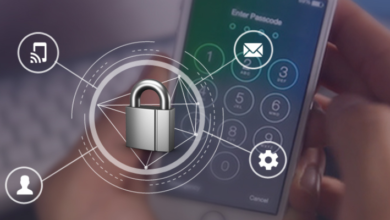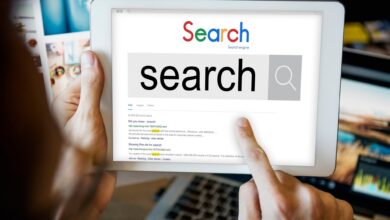How to Use Color Psychology in Web Design

The colors we use in web design can evoke powerful emotional reactions from our website visitors.
Color psychology is the study of how different hues and shades impact human behavior, and it’s a valuable tool for any designer looking to create an effective site.
By understanding which colors generate certain responses, you can craft a website that resonates with your audience and encourages them to take action.
Let’s dive into a few reasons why color psychology matters in web design and how you can use it to make your site more successful.
1. Color Creates Brand Recognition
Every time a customer visits your site, they should be able to recognize it belongs to you.
This is where color psychology comes in: certain shades and hues can create an instant connection between your brand and the user.
By utilizing colors that are associated with your company, customers will feel more familiar when they visit your website.
Think about major companies like McDonald’s and Coca-Cola. Both of these brands use their well-known colors in all of their marketing materials, including web design.
2. Color Influences Mood
Color is a powerful force that can have an immediate impact on how users feel when they visit your website.
Red is typically associated with energy and excitement, while blue can give a sense of trust and peace.
Whether you want your website to be upbeat or calming, selecting the right colors is crucial for creating the mood you’re going for.
3. Color Helps Guide Users
In some cases, colors can also help guide users around your site by making certain buttons more visible than others.
For example, if you want visitors to click on a “Buy Now” button, make sure it stands out by using the right colors.
This helps create a sense of urgency and encourages users to take action.
4. Color Can Boost Sales
The colors you use in web design can also have an impact on conversions and sales.
For instance, if you’re selling a product, using the right colors can help make it appear more appealing and attractive to potential customers.
Similarly, if you’re creating a call-to-action button, selecting the right color can have an impact on whether or not users take action.
5. Color Can Establish Trust
When people visit your website, they want to trust that your brand is legitimate.
Using colors like blue and green can make them feel secure in the knowledge that you’re a reputable business.
Additionally, white space can be used to create a sense of openness and clarity — both of which are important for building customer trust.
Because updating colors or other code changes can result in errors on a webpage, it’s best to adopt bug trackers like BugHerd to help track any issues as they arise.
6. Color Can Play Into Branding
Colors can also help show how serious or playful a brand is. By using colors that are associated with your company, customers will recognize it and feel more comfortable when they visit your website.
For example, bright colors like yellow may make a website look more fun and exciting, while darker colors like a black-and-white scheme can be more serious and create some authority.
7. Color Psychology Can Vary Across Cultures
It’s important to remember that color psychology can vary across different cultures.
For instance, in some places, red may be associated with joy and happiness, while in other regions it may be seen as signifying danger or aggression.
To ensure your website is appropriate for all of your target audiences, make sure you do some research into the colors used in their culture before you implement them into your design.
8. Grabbing Attention
The colors you choose can also be used to grab attention and draw people in. Bright, vibrant colors such as orange and yellow can help make your website stand out from the crowd.
Similarly, subtle shades of gray or other muted colors may give off a more professional look that will appeal to users looking for a reliable source of information.
If you think about it, in day-to-day life we are trained to recognize colors like red and yellow as being important, from wet floor signs to the color of construction worker’s vests.
That same psychological phenomenon can occur online as well, so it’s best to use these colors sparingly and where it counts most.
To get started, consider reading this guide on what each of the colors means and when to use them.
Conclusion
All in all, color psychology is an incredibly important tool for web designers.
By understanding how different colors evoke certain emotions and reactions from users, you can craft a website that resonates with your audience and encourages them to take action.
When selecting the right hue or shade for your site, consider factors like brand recognition, moods of visitors, user guidance, sales impact, trustworthiness and cultural differences.
With these tips in mind and some research on what works best in each situation, you’ll be able to create a successful web design that uses color psychology effectively.



